While evidence overwhelmingly shows the importance of investing in early childhood education, access remains limited in many places throughout the country

When families consider relocating, they often prioritize high-performing public schools. But another major factor can have long-term impacts on a child’s future: access to quality early education.
Pre-K programs don’t just offer structured learning for toddlers — they’ve been linked to stronger academic performance, higher graduation rates, and increased lifetime earnings. Studies even show that early education can reduce the risk of future criminal behavior and boost public health outcomes.
Despite the overwhelming research supporting early childhood education, access remains limited in many places throughout the country. Few states offer universal pre-K, and many parents can’t afford to send their kids to early education programs.
“The more that states invest in early education, and the more accessible they make those programs, the more they will benefit in the future,” said WalletHub analyst Chip Lupo. “Having access to quality early education gives students a jump start that can improve their future performance in school, as well as lead to better job opportunities and higher earnings in the long-term.”
To find out which states are leading — and which are falling behind — in early education, WalletHub analyzed all 50 states and the District of Columbia using a dozen key metrics, from access to state-funded pre-K to spending per child and program quality.
“A better-educated, higher-earning population will in turn bring economic benefits back to the state,” Lupo said.
Continue reading to see which states are leading the pack in early education, and which are falling behind.
2 / 11
5th best: New Mexico

Sean Pavone / Getty Images
New Mexico ranks fifth, with over 90% of districts offering state pre-K and high enrollment rates in programs like Head Start. It also ranks near the top for program quality, hitting nine out of ten benchmarks, and invests more than $13,000 per child. With no parent co-pays and significant recent funding increases, New Mexico is expanding access and improving outcomes across the state.
3 / 11
4th best: New Jersey

Richard T. Nowitz / Getty Images
New Jersey stands out for its high program quality, meeting nine of ten national pre-K standards, and securing the fourth highest ranking. While access to state-funded pre-K is more limited — available in under half of districts — the state makes up for it with generous per-child preschool spending, nearing $18,000 annually. Parents also benefit from minimal to no child care co-payment fees, helping ease financial burdens while supporting early learning.
4 / 11
3rd best: Arkansas
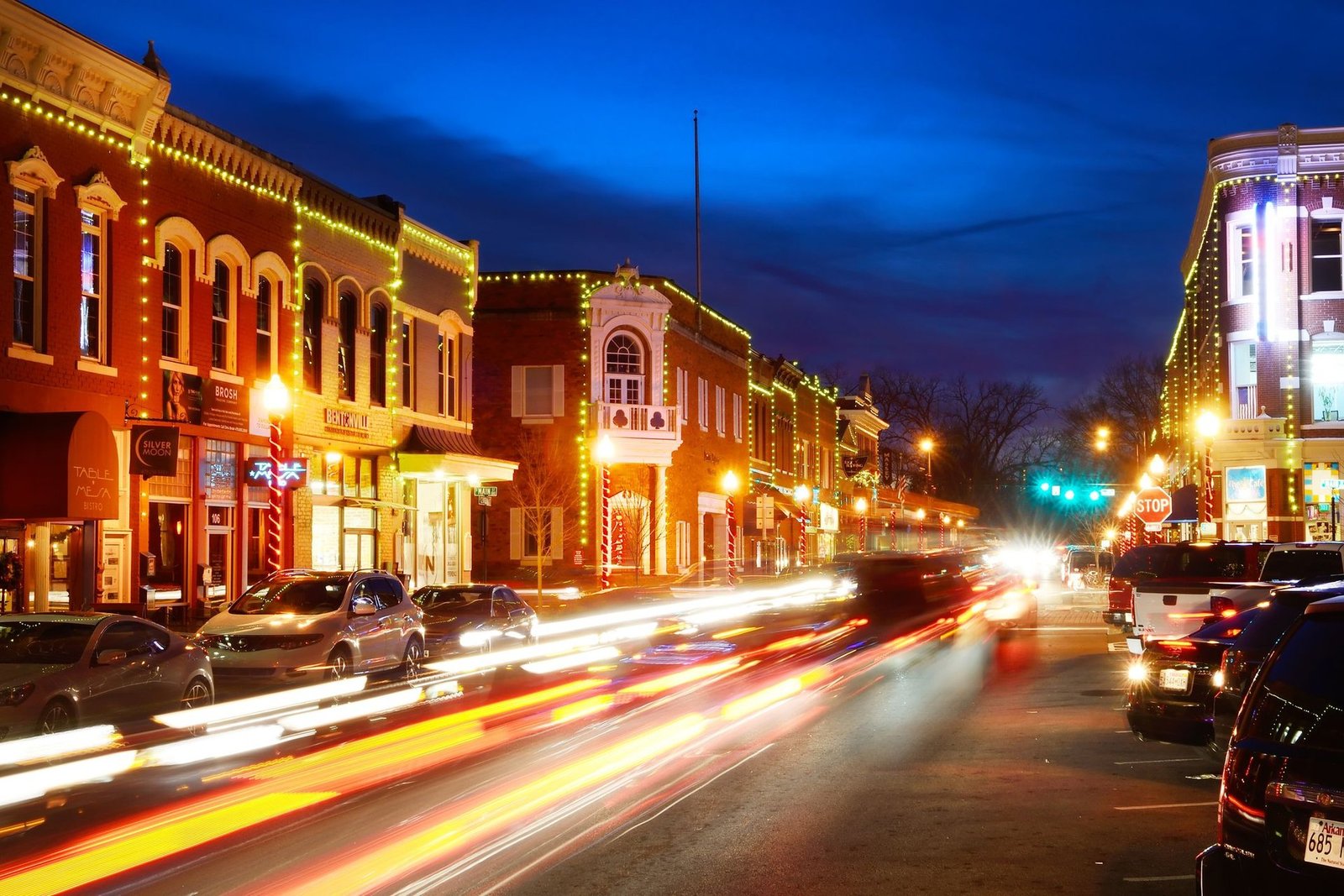
JeremyMasonMcGraw.com / Getty Images
Arkansas ranks third for early childhood education, thanks in part to its tuition-free access to child care programs and strong per-child funding of over $10,000 annually. The state also stands out for its commitment to safety, being one of just 17 that mandate audits to ensure schools meet safety regulations. High enrollment rates further boost its standing, with Arkansas ranking fifth for three-year-old participation and 14th for four-year-olds in early education programs.
5 / 11
2nd best: Washington D.C.
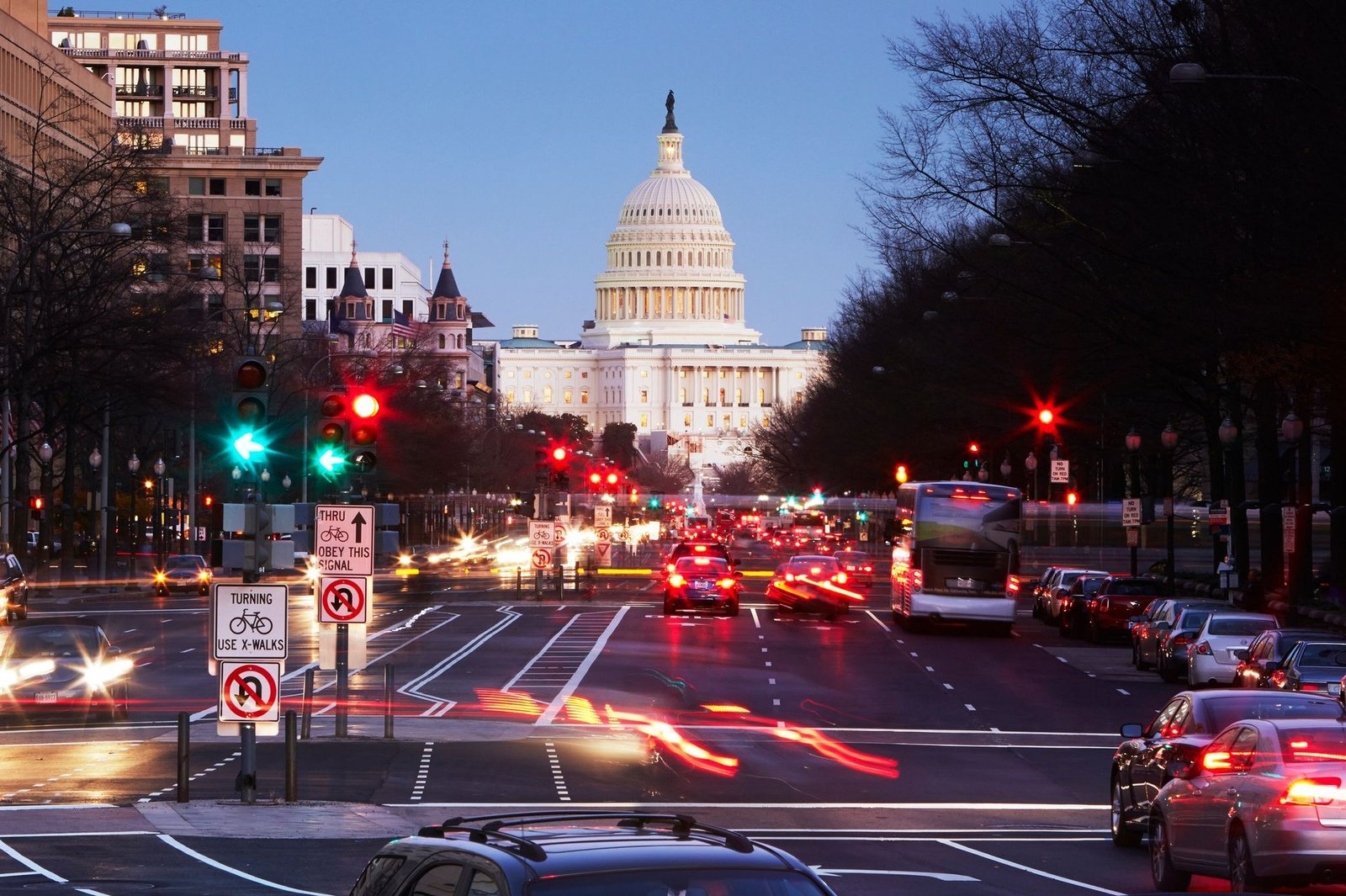
Allan Baxter / Getty Images
The District of Columbia stands out as a national leader in early childhood education, coming in second place in WalletHub’s ranking. It has the highest enrollment rates of three- and four-year-olds in pre-K programs. Over 80% of children in both age groups are enrolled, far surpassing participation in most other states. Enrollment has climbed significantly over the past two decades, and D.C. now invests nearly $24,000 per preschooler — more than anywhere else.
6 / 11
Best: Maryland
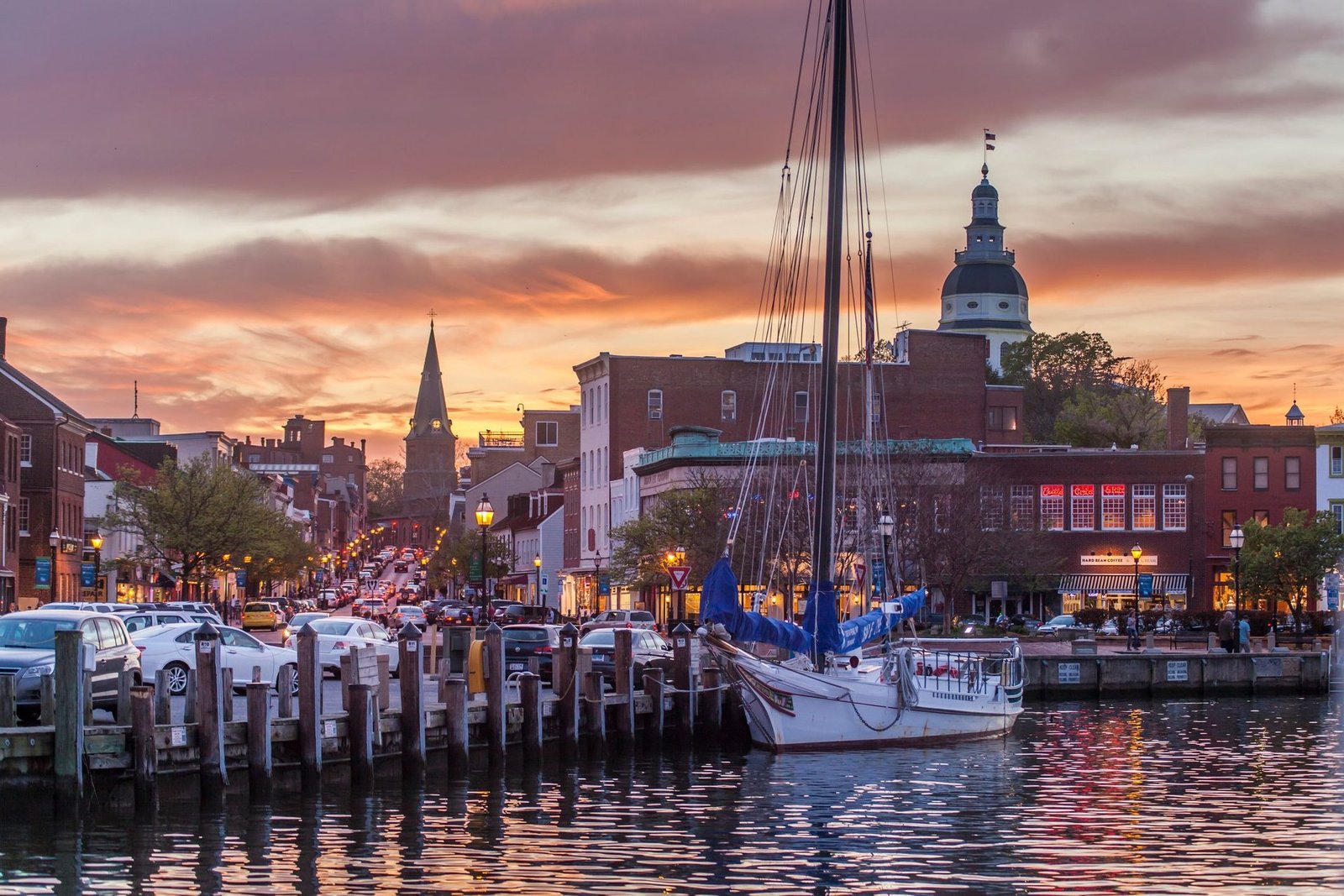
Richard T. Nowitz / Getty Images
Maryland ranks as the top state for early education, thanks to strong preschool enrollment and investment. The state saw a 5% increase in enrollment for three-year-olds since 2001–2002, placing it 15th for growth and 14th overall in enrollment. It also stands out for its commitment to safety, with a statewide school safety plan and regular audits. Maryland invests heavily in its youngest learners, spending $17,262 per preschooler — the fourth-highest rate in the country.
7 / 11
5th worst: Massachusetts
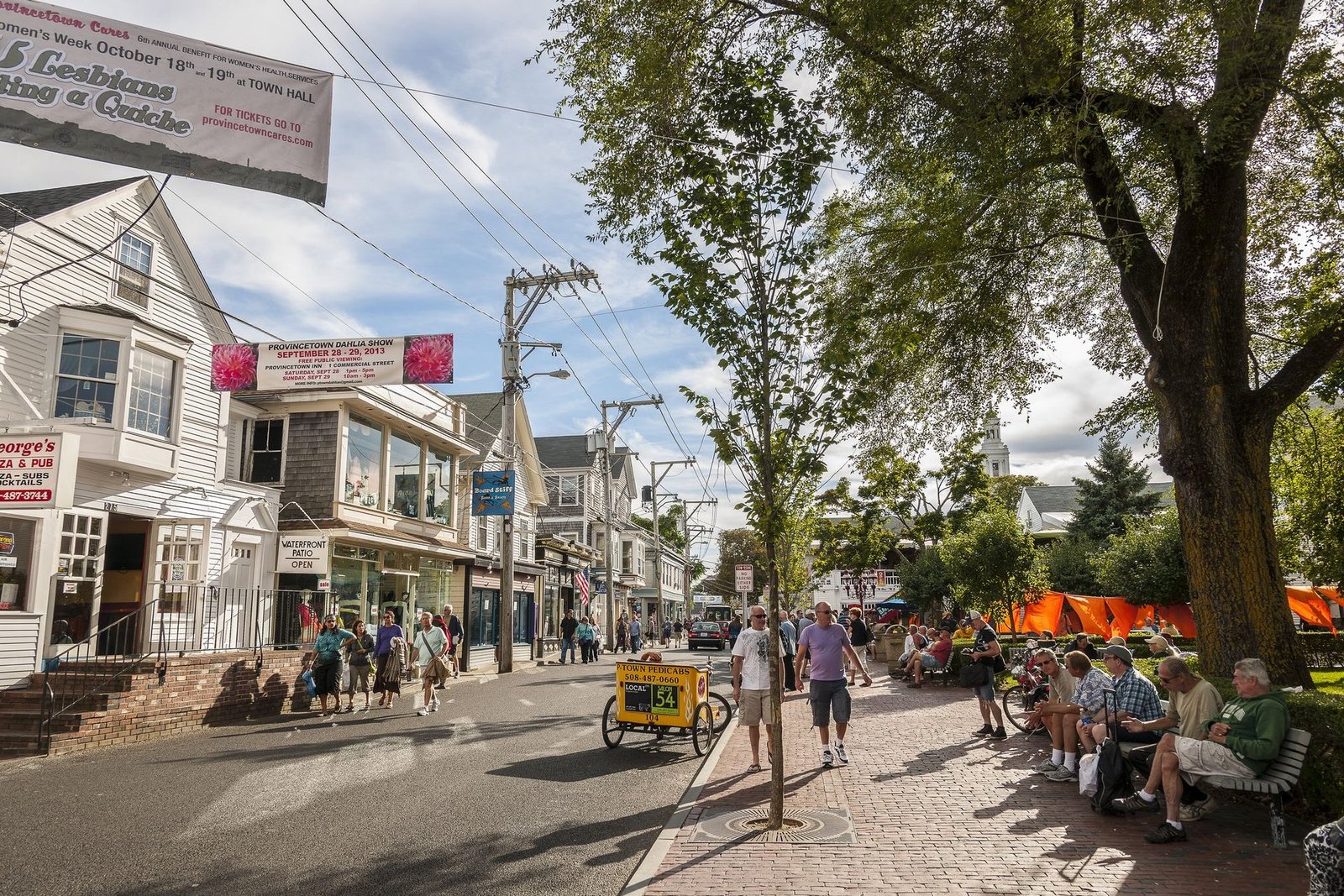
Maremagnum / Getty Images
Massachusetts performs moderately well in pre-K quality, meeting six national benchmarks, but access remains a challenge, with just over half of districts offering state-funded pre-K. The state has waitlists or frozen intake for child care assistance and co-payment fees that exceed $500 monthly for low-income families. Despite its strong overall education system, early childhood access in Massachusetts lags behind top-ranking states, landing it in the 5th worst spot in WalletHub’s ranking.
8 / 11
4th worst: Idaho

Tetra Images / Getty Images
Idaho ranks near the bottom for early childhood education and lacks a state-funded pre-K program altogether, putting it in fourth to last place. There’s no reported spending per preschooler and no evidence of quality benchmarks being met. Though the state does not impose co-payment fees for low-income families, the lack of infrastructure severely limits early education access.
9 / 11
3rd worst: Montana

Jordan Siemens / Getty Images
Montana, like Idaho, does not offer a state pre-K program and reports no spending on early childhood education. Minimal child care fees may help some families, but overall access remains highly limited. With no benchmarks met and no significant preschool infrastructure in place, the state ranked third-to-last.
10 / 11
2nd worst: New Hampshire
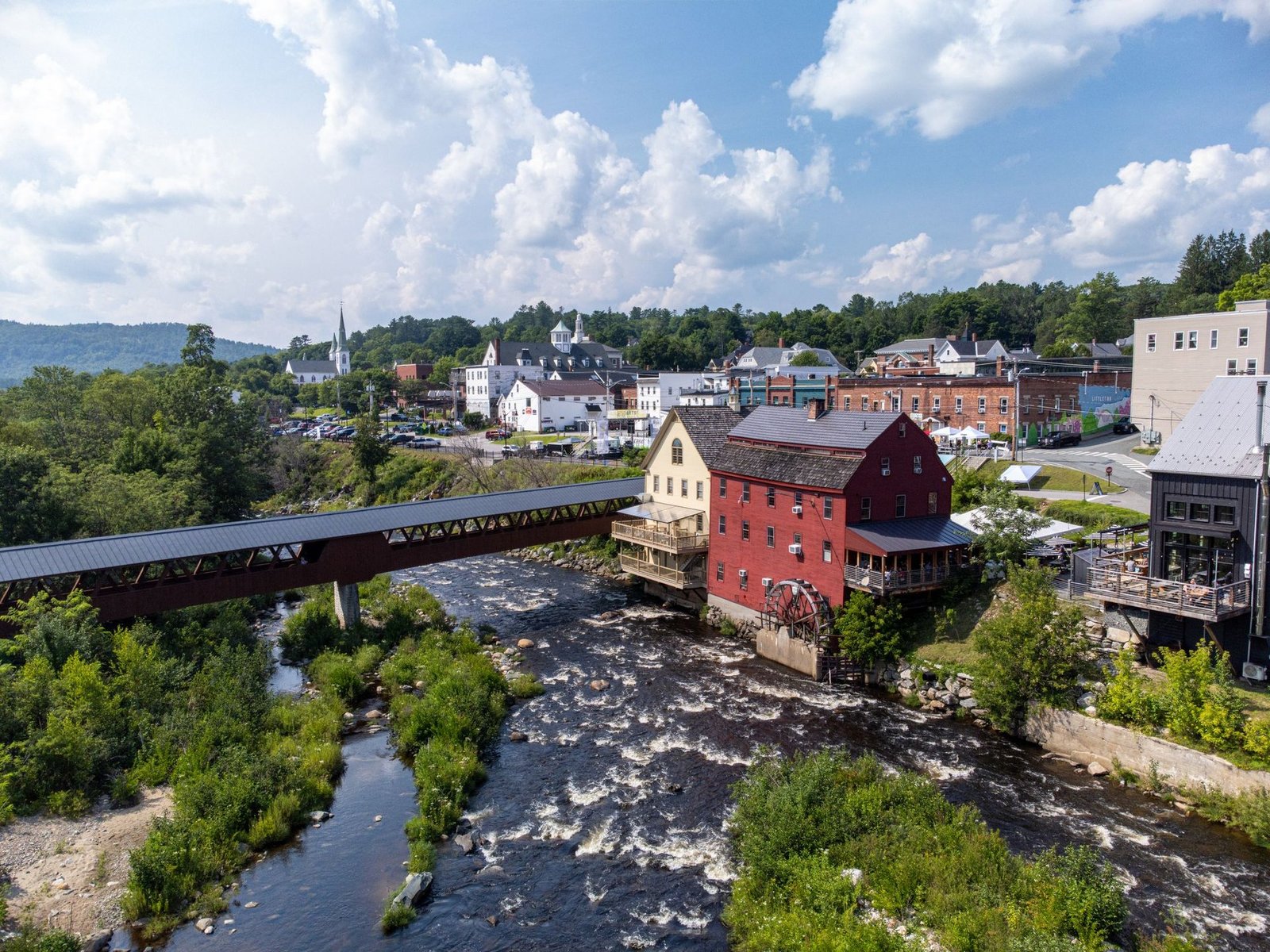
New Hampshire does not currently have a state-funded pre-K system and shows no reported preschool enrollment or spending. The state’s low co-payment fees provide some relief to families, but in the absence of formal programs or benchmarks, early childhood education remains largely inaccessible through public channels. It came in second-to-last in WalletHub’s ranking.
11 / 11
Worst: Missouri

JeremyMasonMcGraw.com / Getty Images
Missouri came in dead last for early childhood education, offering state-funded pre-K in only about a third of districts and meeting fewer than half of the national quality benchmarks. Preschool spending is low, at under $5,000 per child, and the state has made limited gains in enrollment growth. Despite requiring school safety plans, Missouri has not prioritized significant investment in early education.


